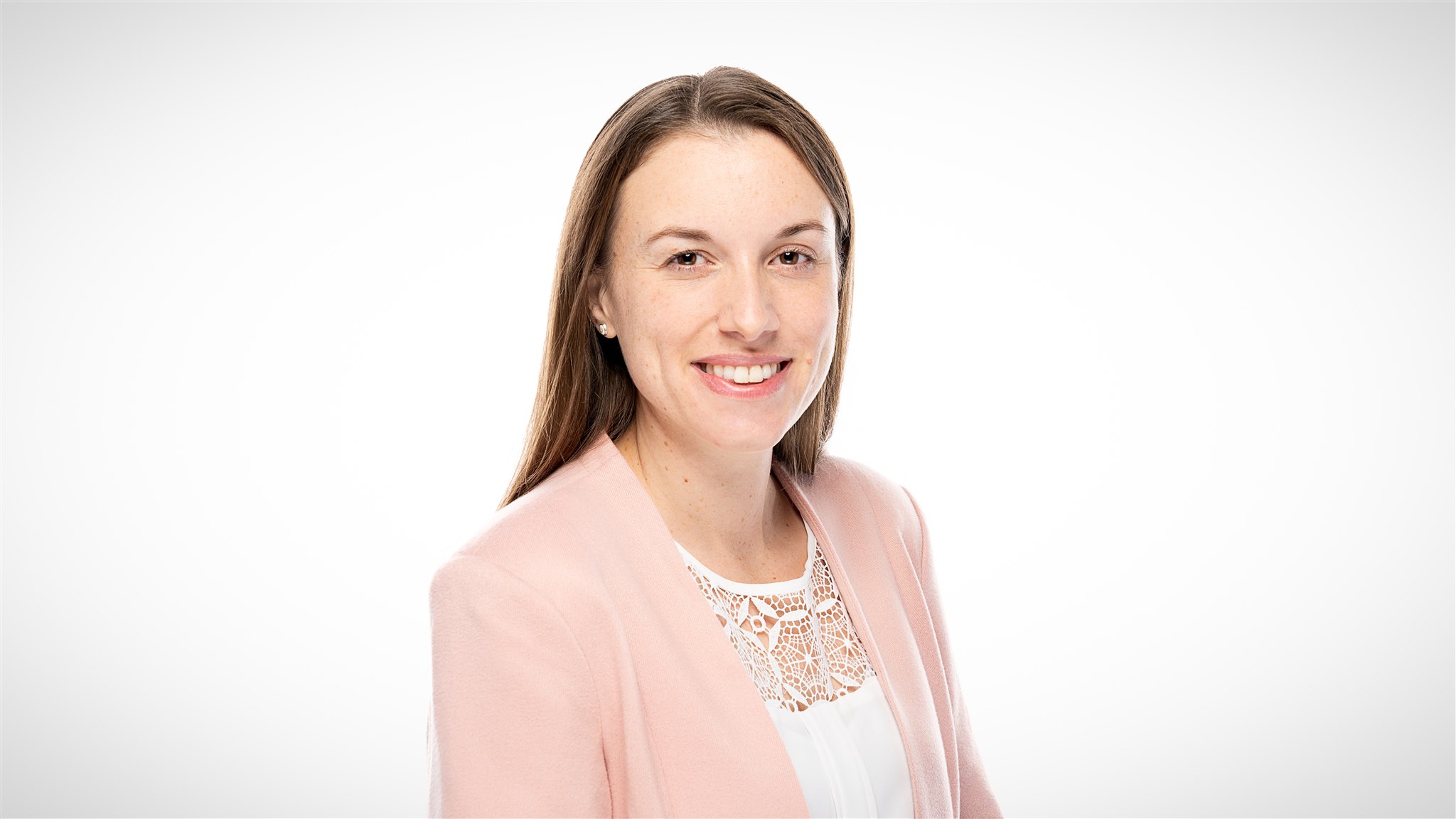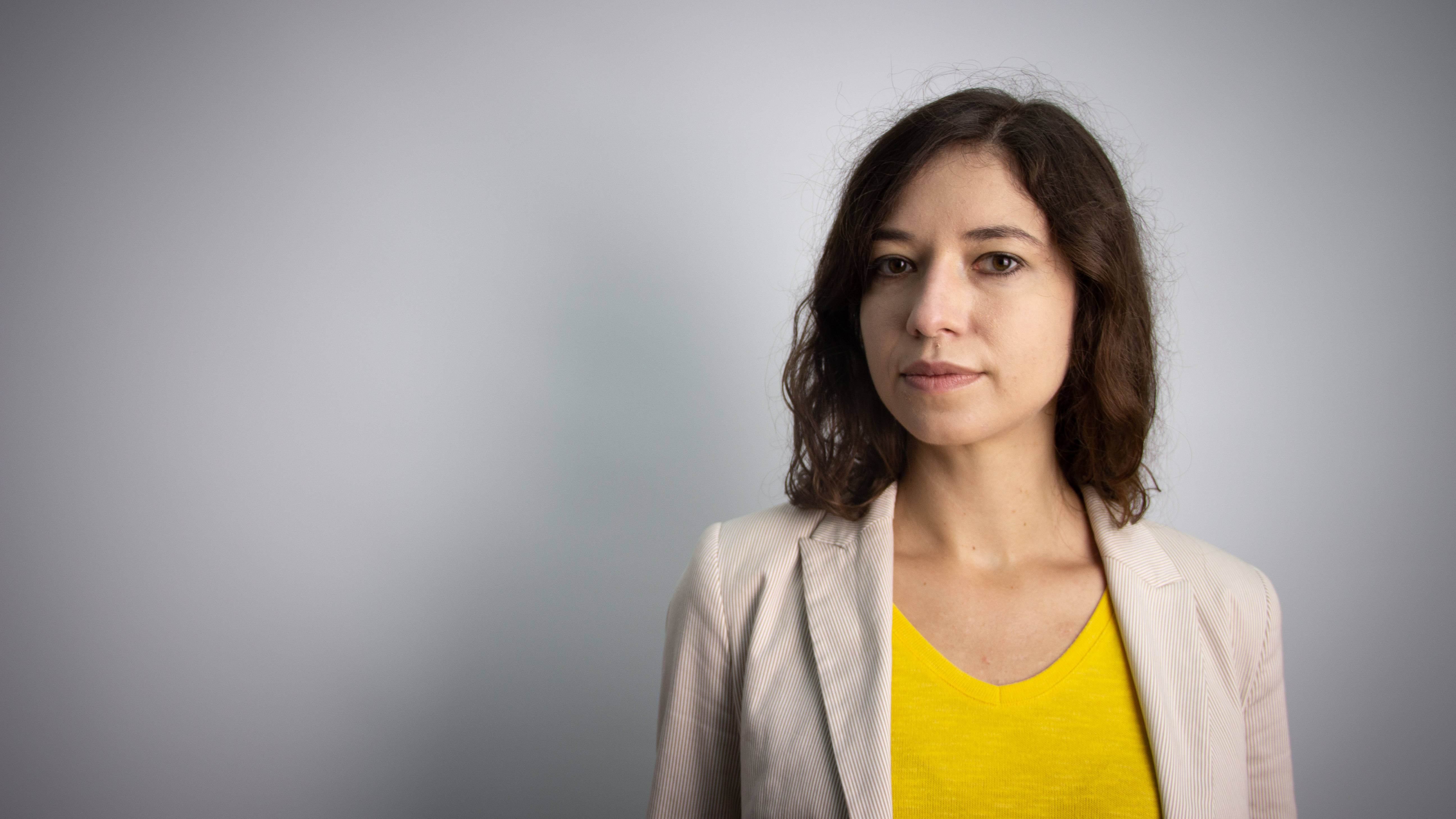Unsere vernetzte Welt verstehen

Wissen teilen: Auswirkungen von Covid-19 auf die digitale Lehre
The outbreak of the COVID-19 pandemic led to a global and accelerated digitalisation of all education systems. This quickly revealed many inequalities in access to digital resources and lack of digital skills. What concrete impact has this had on learners and teachers worldwide? How can we address these inequalities in education? To answer these questions, in this blog post we work with findings from four research projects on digital teaching and learning.
First, we explain the inequalities addressed with study findings from our OrA research project and discussion points from the research sprint “Digital Ethics in Times of Crisis: COVID-19 and Access to Education and Learning Spaces”. The latter was conducted by the Berkman Klein Center for Internet & Society at Harvard University (BKC) as part of the international Ethics of Digitisation project. In the second part, findings from our IMPaQT and ACTiSS research projects shed light on how the digital turn can also be an opportunity-rich chapter for research institutions through new ideas, approaches and measures.
How inequalities overshadow opportunities for digital teaching
In 2020, the spread of COVID-19 led to many higher education institutions temporarily shutting down and a global move to digital teaching. This widespread shift has also allowed for more investigations into the societal impact of digital teaching.
Within the research project OrA, we explore the adaptivity of higher education institutions regarding the implementation of digital teaching. Through our study Digital higher education: a divider or bridge builder? Leadership perspectives on edtech in a COVID‐19 reality, we investigated how positive attributions promoted by the Edtech Community such as better access to learning in the digital realm and improved student learning outcomes actually play out in practice (Sancho-Gil et al., 2020; Selwyn, 2016). In this study, we conducted surveys and interviews within a sample of 85 higher education leaders (e.g. university presidents, deans) working in different types of higher education institutions in 24 countries.
Our empirical evidence showed that the positive attributions promoted by the Edtech Community did not hold true to practice: rather through the COVID-19 crisis existing inequalities became more visible and pronounced, as well as new inequalities emerged. In terms of technical infrastructure, for example, students, teachers as well as institutions were not prepared to move fully digital overnight and many teachers and students were not equipped with the necessary technical resources. For instance, a leader from a German university we interviewed admitted that prior to the crisis he assumed that every student had a laptop, which proved not to be the case.
Furthermore, another interviewee from Kenya reported how students had to walk quite a distance every day to reach a church where they could have internet access. In addition, the crisis revealed how universities were sometimes ‘safe havens’ for vulnerable students, especially women, who faced caring responsibilities at home and even in some cases, violence. Another major obstacle for teachers and students alike, was not having sufficient digital skills to use digital tools for learning and teaching.
In sum, the pandemic reinforced and created inequalities, shedding light on limited or non-existent access to digital teaching, excessive demands of dealing with new devices and formats without the needed digital literacy, and difficult family situations among vulnerable student groups. These findings are in line with those of the BKC Sprint, which also observed rising inequalities in connection with the sudden shift to digital teaching and learning. Therefore, before positive attributions of digital teaching can become visible and bear fruit, which they certainly have the potential to do so, the inequalities created by such a hasted attempt to deliver (emergency) remote teaching need to be addressed.
A global phenomenon: combating inequalities through communities of practice
When looking at the findings from our study and the inequalities that we see emerging and manifesting, we see that they can be found around the world. By recognizing that the problems mentioned above have emerged across the higher education landscape, it is important to understand and address the fight against these inequalities, the handling of the pandemic as well as the preparation for future similar times of crisis globally. Similar to the findings from our study, the participants of the BKC Sprint reported about the need and the formation of communities of practice in terms of global exchange, often informal, to work together on the challenges the higher education landscape faces. Many interviewees from our study also expressed this desire and the need for exchanging experiences, best practices, thoughts and ideas in regards to their digital teaching or the development of their institution. Such exchanges were vital for many individuals to cope with the ongoing transition and to find solutions and ways of dealing with the emergence of many challenges and inequalities.
More specifically, through another study within the OrA project, we found that the pandemic conditions gave rise to numerous informal networks and extensive exchange through communities of practice consisting of individuals who were all dealing with the same issues. This study investigated how teachers at German higher education institutions coped with the transition to digital teaching. Regarding the emergence of these communities of practice, in most cases they were led and strengthened by highly motivated people located in various departments, faculties and the university administration.
The need for innovative organisational structures
For such communities of practice to flourish, investments need to be made in creating and maintaining supportive university structures. This speaks of not only providing tangible resources, but also implementing a form of organizational change. Drawing on insights from the HIIG projects “Indicators, Measurement and Performance of Quality Assurance: Third-Mission-Activities in the Social Sciences” (IMPaQT) and “Action for computational social science” (ACTiSS) we reflect on how university stakeholders may tackle the difficult transformation of internal structures and find support from like-minded professionals in their field to address novel challenges.
IMPaQT explored how hybrid organizations emerge, in order to combine academic research with so-called third-mission activities, which entails a new set of activities and responsibilities aiming to make a contribution to society. Third-mission activities are a multidisciplinary, complex, evolving phenomenon linked to the social and economic mission of universities in a broad sense (Compagnucci, L., & Spigarelli, F. 2020). They aim to solve new societal challenges.
Why are third-mission activities relevant in the context of the digitalisation of teaching at universities?
In one of our ongoing studies on innovative research organisations, we have identified best practice examples, in other words research institutions that have mastered the transition to hybrid organisations. What we found is that this is often a very diffuse, long-lasting and difficult process that entails change occurring at different levels of organizations. Among research staff that we interviewed, we discovered that there is a need to develop novel skills, the role of administrative support grows, new professional profiles emerge and, last but not least, inspire academic staff to open up to new functions; all this is necessary in order to be able to build a foundation for a truly hybrid organization that combines both, academic research and societal impact activities.
Introducing new digital teaching methods and materials using OER
In the ACTiSS project, teaching materials were digitized and prepared for a so-called MOOC (Massive Open Online Course). Here we realized that knowledge exchange best takes place in the form of “communities of practice”. That is, in groups of professionals who share goals, activities and experiences in a particular activity (Lave 1991).These lecturers developed Open Educational Resources (OER) – among them detailed teacher guides – targeted at professionals in the discipline, interested in implementing novel materials and teaching practices in their faculties.
The results of the IMPaQT and ACTiSS study projects make us advocate bringing people together in communities of practice and inspiring them to pursue novel organisational practices. In doing so, instead of following a top-down logic, a bottom-up logic should be followed.
Reflection
The BKC Sprint highlighted how the COVID19 crisis and rapid digital transformation not only exacerbated inequalities between teachers and learners, but also created new ones. These findings resonate with the empirical studies conducted in the frame of the OrA project – which further underline how these inequalities manifest across the higher education landscape. However, the crisis also had a silver lining, it shook up existing structures and practices and enabled communities of practice to emerge and become hubs for knowledge, support, and innovation.
The IMPaQT and ACTiSS research projects also reveal the relevance of such communities during organizational change. They offer the potential of reference points to provide individuals with information and space for new solutions and materials to emerge. The digital turn in education can be a new chapter for institutions, although technical resources are an important part of the equation, we must remember that empowered communities of practices can be the starting point for creative solutions and knowledge sharing.
References
Compagnucci, L., & Spigarelli, F. (2020). The Third Mission of the university: A systematic literature review on potentials and constraints. Technological Forecasting and Social Change, 161, 120284.
Lave, J. (1991). Situating learning in communities of practice. In L. B. Resnick, J. M. Levine, & S. D. Teasley (Eds.), Perspectives on socially shared cognition (pp. 63–82). American Psychological Association. https://doi.org/10.1037/10096-003
Sancho-Gil, J. M., Rivera-Vargas, P., & Miño-Puigcercós, R. (2020). Moving beyond the predictable failure of Ed-Tech initiatives. Learning, Media and Technology, 45(1), 61–75. https://doi.org/10.1080/17439884.2019.1666873
Selwyn, N. (2016). Is Technology Good for Education? Polity Press. http://au.wiley.com/WileyCDA/WileyTitle/productCd-0745696465.html
Dieser Beitrag spiegelt die Meinung der Autorinnen und Autoren und weder notwendigerweise noch ausschließlich die Meinung des Institutes wider. Für mehr Informationen zu den Inhalten dieser Beiträge und den assoziierten Forschungsprojekten kontaktieren Sie bitte info@hiig.de

Jetzt anmelden und die neuesten Blogartikel einmal im Monat per Newsletter erhalten.
Offene Hochschulbildung
Freundlich, aber distanziert: Die unbeabsichtigten Folgen KI-generierter E-Mails
KI-generierte E-Mails sparen Mitarbeitenden Zeit und erleichtern den Arbeitsalltag. Aber verlieren wir dadurch unsere Kommunikationsfähigkeiten?
KI am Mikrofon: Die Stimme der Zukunft?
Von synthetischen Stimmen bis hin zu automatisch erstellten Podcast-Folgen – KI am Mikrofon revolutioniert die Produktion digitaler Audioinhalte.
Haben Community Notes eine Parteipräferenz?
Dieser Artikel analysiert, ob Community Notes Desinformation eindämmen oder ob ihre Verteilung und Bewertung politische Tendenzen widerspiegeln.






